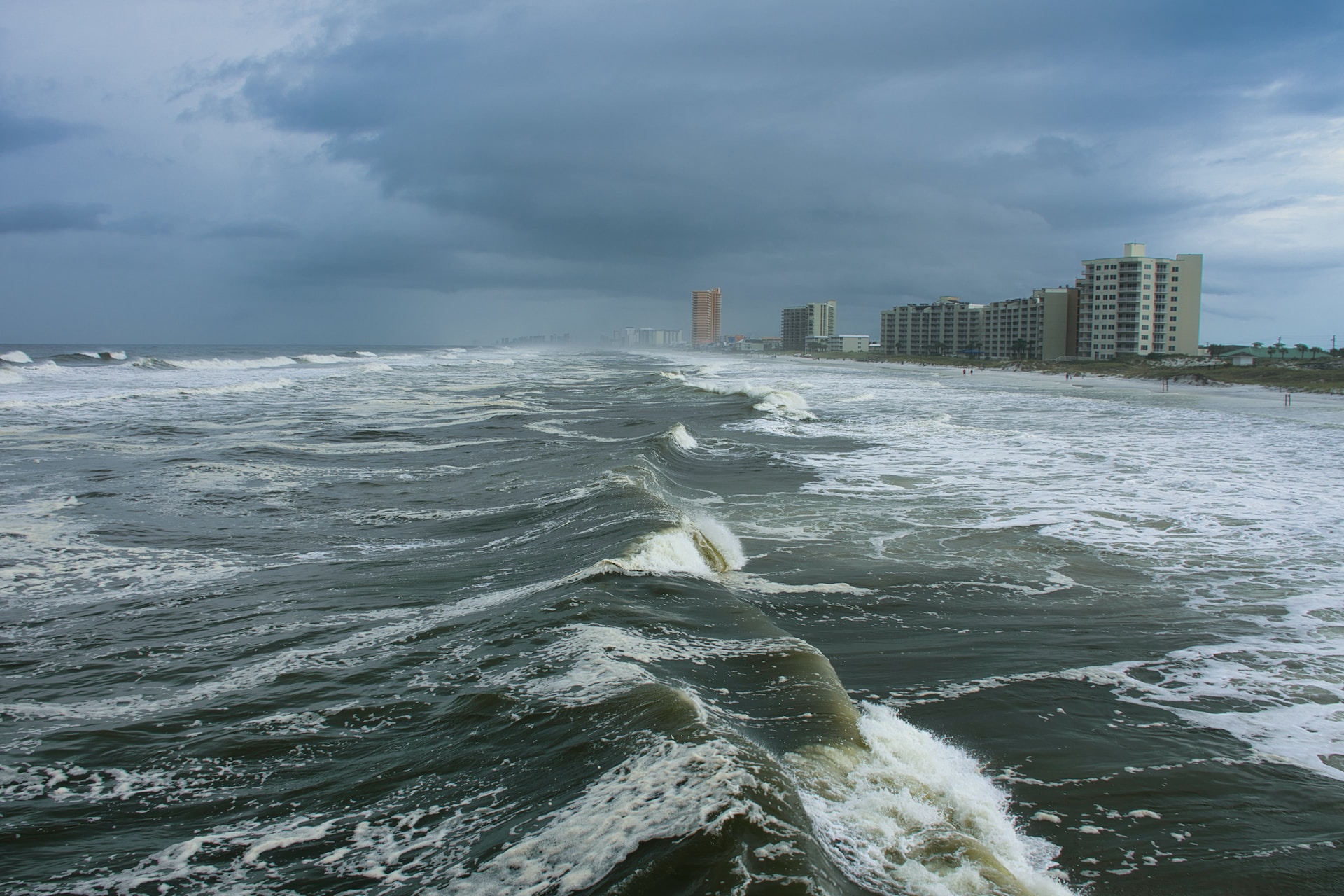Floodplain Management for Modern Times, Part 3: Risk Rating 2.0
In our last floodplain guide blog, we discussed FEMA’s National Flood Insurance Program (NFIP). One problem with the NFIP that took a long time to address was rate determination.
The NFIP has used the same methodology to set rates since shortly after the establishment of the National Flood Insurance Act in 1968. While the procedures used to create flood insurance rates were sound at the time, many things are different now. FEMA asserts that “changes in technology, flood risk modeling, and improved mitigation efforts should also be considered when setting rates.” In addition to location, numerous other factors affect the risk to a structure and subsequent expense in addressing flood damage.
To equitably distribute risk and ensure that homeowners are not paying unfairly high rates, FEMA decided to restructure how they determine charges. Using a phased approach, which began in 2021, full implementation of Risk Rating 2.0 with the new rate structures took effect in early 2023.
Changes to the ways insurance rates are determined include:
Location
- Considering the location of an individual property, not just the flood zone. If a home is closer to the flood source (river, lake, or ocean), the insurance rates should be higher than those of a neighbor a mile away, for example.
Elevation
- The elevation of the building matters, but under the old NFIP system, this factor was never considered when assigning rates.
Building construction methods and materials
- Newer structures built in flood zones incorporate newer codes that include steps to mitigate damage caused by flooding. That could consist of removing critical infrastructure from the basement where it would usually be and placing it on a higher floor, ensuring the building has flood openings that allow water to flow out of the building more rapidly, and using water-resistant material in construction.
Building size and estimated repairs costs
- If a home measures 3,000 square feet, is not elevated, and is not constructed of flood-proof materials, it will cost far more to repair than a home that is situated at a higher elevation, measures only 1,000 square feet, and is constructed with materials that are resistant to flood damage.
Given the example above, it makes sense that the first homeowner would pay more for insurance than the second, and now, using Risk Rating 2.0, they will.
How can you lower your flood insurance rates?
Insist that your community takes part in the Community Rating System (CRS) if eligible! The CRS is a voluntary program that offers numerous incentives. Participation in the CRS is the best way for residents in flood-prone communities to obtain discounts (from 5% to 45%) on flood insurance.
Members of CRS communities in flood zones can obtain lower insurance rates if their community implements real measures to protect against floods. Doing so could save lives in a catastrophic flood.
Beyond lower insurance rates, other benefits exist for communities joining the CRS:
- Increased opportunities to learn about risk, evaluate individual vulnerabilities, and take protective action
- Floodplain management activities that provide enhanced public safety, reduce damage to property and public infrastructure, and prevent economic disruption and loss
- Evaluation of flood programs against nationally recognized benchmarks
- Free technical assistance in carrying out some activities
- Incentives to maintain and improve flood programs over time
Most communities have to deal with at least some form of natural disaster, and careful planning can help to protect residents from the worst outcomes. To learn more about floodplain and coastal management, read Walden’s complete guide or contact us at 516-701-1681 to speak with an experienced consultant.

Photo by Craig Cameron on Unsplash
Learn more about floodplain management and flood insurance by downloading Walden’s complete floodplain guide or contacting us at 516-701-1681.

